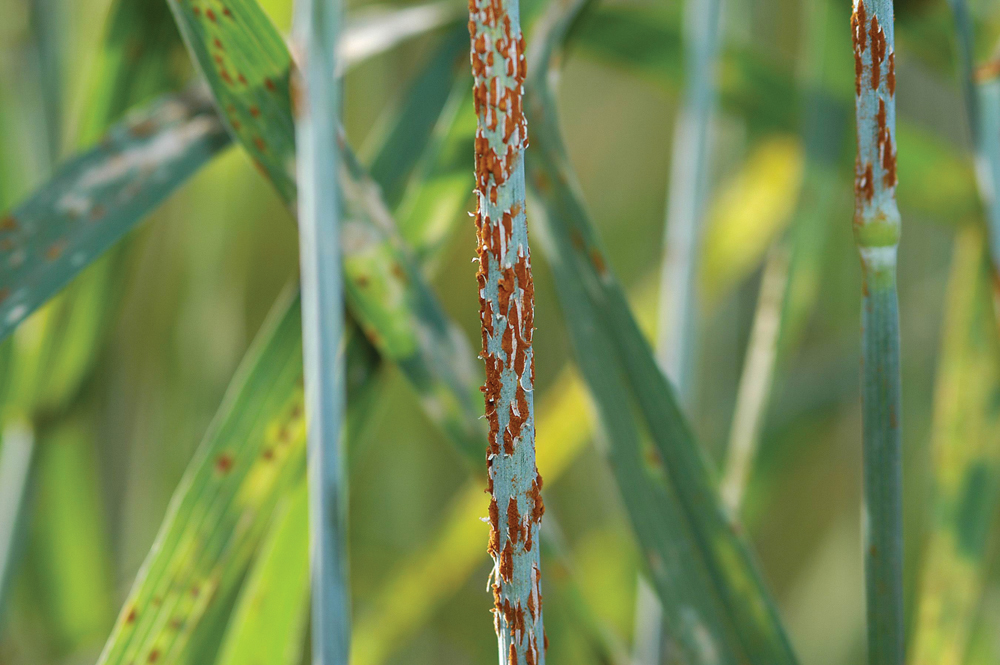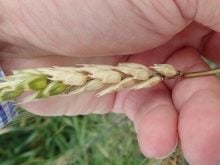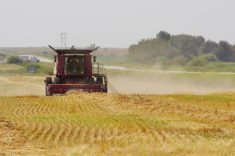A new, highly destructive strain of stem rust that battered wheat crops in Sicily last year could spread across the Mediterranean in 2017, threatening harvests and the livelihood of small farmers, experts warned Feb. 3.
The UN Food and Agriculture Organization (FAO) urged countries in Europe and North Africa to be vigilant to prevent possible outbreaks from spiralling into epidemics that could cut food production.
In 2016 thousands of hectares of wheat crops were damaged in Sicily in one of the biggest outbreaks of stem rust to hit Europe in more than 50 years, researchers said.
Read Also

Canada seventh on agri-food influence
Comparison of 19 G20 countries says Canadian agri-food needs investments, processing, action on retail consolidation to realize potential
“We had never seen anything like that in five or six decades,” David Hodson of the International Maize and Wheat Improvement Center (CIMMYT) told the Thomson Reuters Foundation by phone.
An analysis by CIMMYT and Denmark’s Aarhus University, highlighted in the journal Nature on Thursday, found the epidemics were caused by a new strain of stem rust, a fungal infection that, if left untreated, can destroy a whole crop in a few weeks.
“It’s very aggressive,” said Biagio Randazzo, the agronomist who first detected the disease, adding that in Sicily different types of durum wheat, used to make pasta, as well as bread wheat and some qualities of oat were affected.
Stem rust spores are spread by wind, and in 2017 the fungi could affect harvests in nearby countries like Greece, Albania, Libya and Tunisia, the researchers warned.
Contamination is not certain though, as the spores might have not survived this year’s harsh winter temperatures, they said.
FAO plant pathologist Fazil Dusunceli said the disease is particularly worrying for smallholder farmers in North Africa, who account for a large share of wheat production in the region.
Early applications of fungicides are key to containing outbreaks, according to the research, but small farmers often lack money or expertise to use them effectively, he said.
“They are more vulnerable,” he said in an interview.
An additional risk was posed by the recent appearance in some areas of Europe, Africa and Asia, of another two new strains of a different wheat infection, yellow rust, although their potential impact was not yet clear, he said.
“It’s more important than ever that specialists from international institutions and wheat-producing countries work together to stop these diseases in their tracks,” Dusunceli said in a statement.
“We have to be swift and thorough in the way we approach this,” he added.
More than one billion people in the developing world rely on wheat as a source of food and income, according to the FAO.















